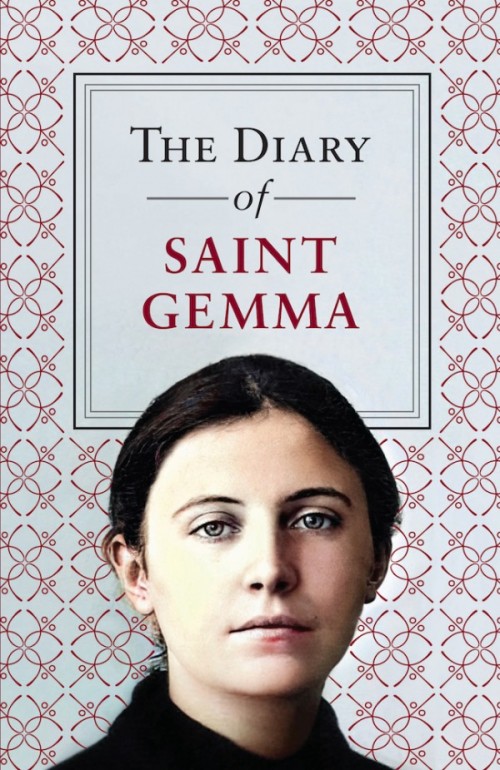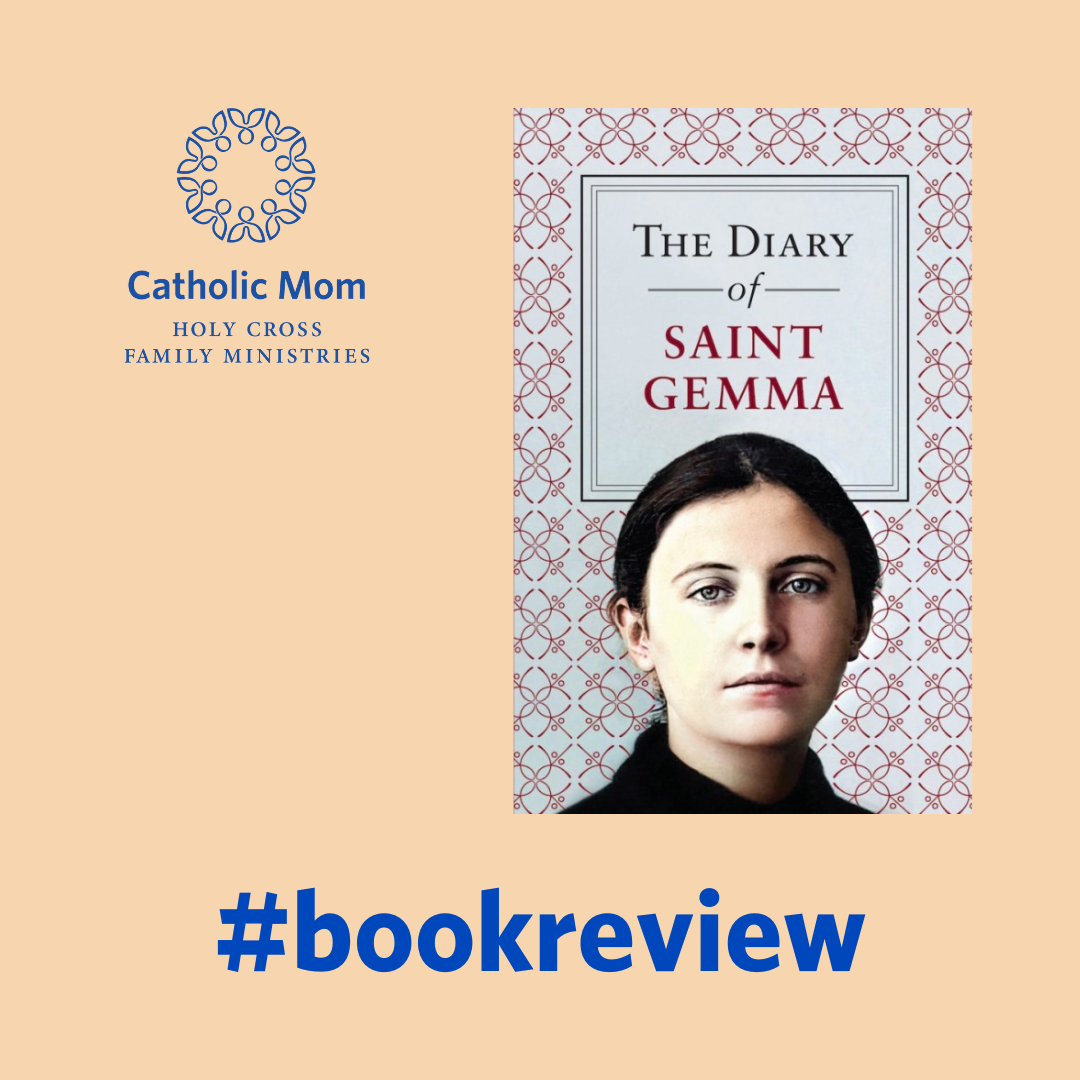
Kathryn Pasker Ineck finds companionship in the life story of a 20th-century saint.
I was elated to learn that Sophia Institute Press released The Diary of Saint Gemma over the summer this year, partly because the idea of reading Saint Gemma’s own words was enticing, and partly because I had no idea that Saint Gemma had left anything at all in writing!

When considering baby names for our daughter, my husband and I discovered that the patron for the name we ultimately chose was a woman named Saint Gemma Galgani. Since we had never heard of her, I thought of her as something of a mystery woman and didn’t give her a second thought. Very early on, however, our daughter developed an unusual bond to this saint who was anything but marginal.
The Diary of Saint Gemma does include her diary in Part Two of the book, however it also includes her autobiography in Part One, which helps orient the reader to a broad overview of her life.
As I read Part One, I was struck at the similarities between her autobiography and that of Saint Thérèse of Lisieux, in that both were instructed to write their life story by a superior, and that both lost their mothers early on. Both spent time living with relatives following their mothers’ deaths. Both suffered from illness as growing children, and both confessed to being rather difficult—although their descriptions of themselves as regular, active children make me smile.
Saint Gemma’s description of her own vices and failures paint a picture of a difficult, energetic, and impulsive child—not the description one would expect from a holy saint. It is this very description, though, that endears herself to her readers because she is so relatable: if you don’t see yourself in her, you definitely know someone like her!
An interesting note: the pages of her original autobiography have burn marks on the edges because they were singed in a fire. It is said that the Enemy didn’t want her life experience to be shared and threw her notebook in the fireplace of her spiritual director. Luckily, the pages were spared and her story is preserved.
Reading Part Two offers simple insights into daily life that help the reader along his or her own faith journey: this isn’t a heady, philosophical treatise on spirituality, but an accompanying of a fellow Christian along the path of life. The included part of her diary covers a few months during the year 1900—mid-July through the beginning of September—and I wonder whether this is an excerpt or the entirety of her diary. She remarks frequently that she wrote this, too, as an assignment from her spiritual director and her confessor, so it is possible that it was a cursory exercise.
Regardless, we experience Gemma’s struggles with holiness as we live the same struggles and insecurities. But, oh, what insecurities! During these few weeks, she is specifically developing her commitment to obedience, to praying for the Souls in Purgatory, and to increasing her own humility.
More than development of virtue, Saint Gemma details her ecstatic visions of Jesus and Mary, as well as Brother Gabriel, and her deep friendship with her Beloved Guardian Angel. Saint Gemma is consoled by these close relationships as she suffers torment and temptation from spiritual warfare. It is clear throughout that making a good Confession and the reception of the Holy Eucharist are integral to a life of peace and unity with Jesus.
Reading The Diary of Saint Gemma offers us a fresh look at personal spirituality. Saint Gemma reminds her readers—literally her superiors, but now us in the modern world—that we should read her life experience with a grain of salt:
Whoever reads these things, I repeat again, should not believe because they are all my imagination. (145)
But her words speak so much truth and depth that I can’t help but see my own prayer life anew. I intend to pray more out of bed, and to develop a closer relationship with my Guardian Angel. I encourage you to read this wonderful book and wonder—what will your takeaway be?

Copyright 2022 Kathryn Pasker Ineck
Images: Canva
About the Author

Kathryn Pasker Ineck
Married for more than two decades to her best friend, and mom of four teens, Kathryn finds that life is never boring. She pursues the heart of God--led by His gentle Mother--and relies on the Divine Mercy Chaplet, a desire for chocolate, and an insatiable thirst for reading into the wee hours of the morning. She writes to maintain her sanity at Kathryn Pasker Ineck.


.png?width=1806&height=731&name=CatholicMom_hcfm_logo1_pos_871c_2728c%20(002).png)
Comments